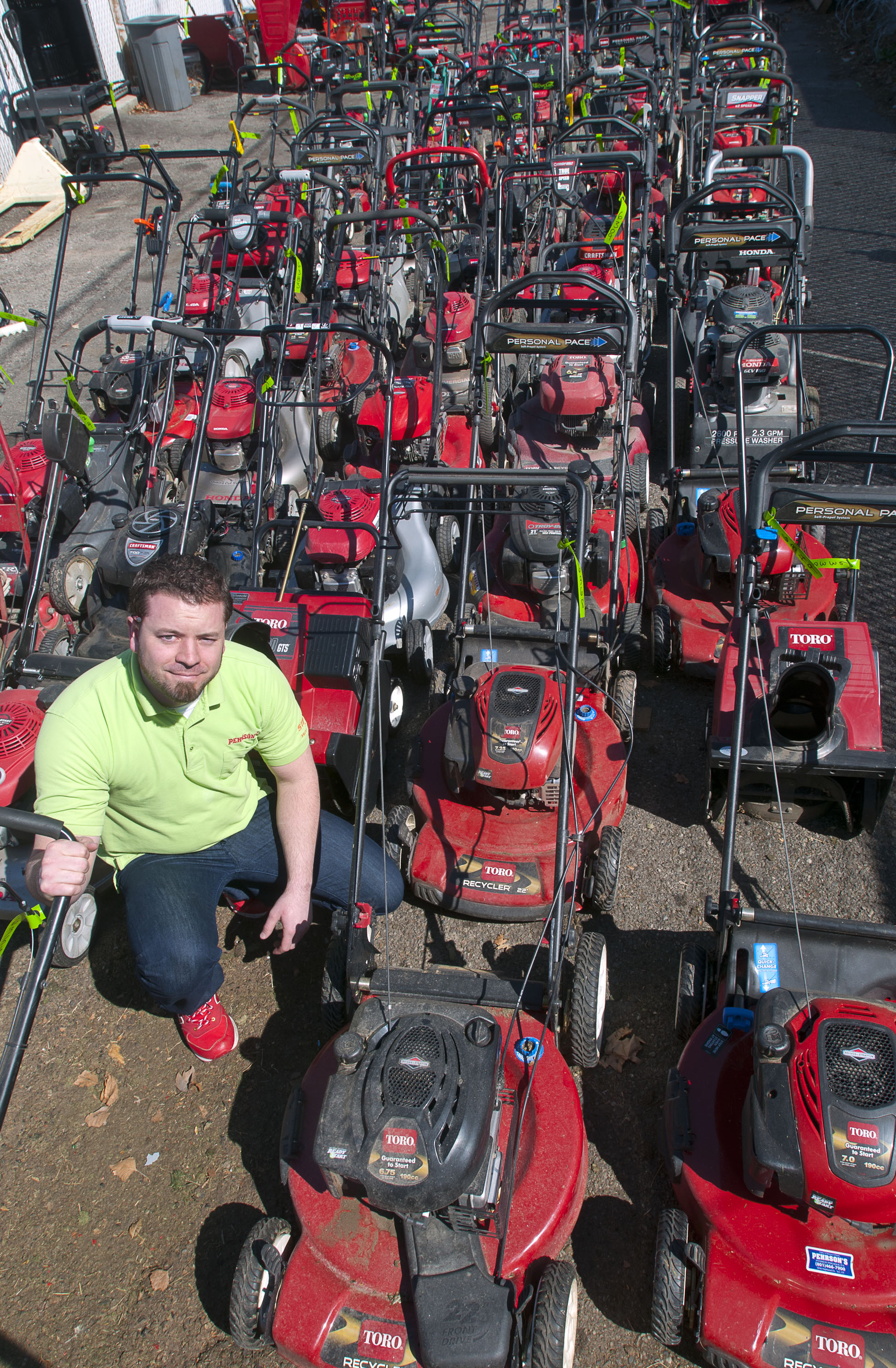 Summer months are a bad time for Wasatch Front air pollution. Ozone (PM 2.5) is the major culprit. Ozone is the invisible pollutant, a by-product of exhausts from smokestacks, cars and small engines like lawnmowers reacting to the sunlight. The Environmental Protection Agency (EPA) says one gas-powered lawn mower releases as many pollutants as eight new cars driving 55 miles per hour, for the same amount of time.
Summer months are a bad time for Wasatch Front air pollution. Ozone (PM 2.5) is the major culprit. Ozone is the invisible pollutant, a by-product of exhausts from smokestacks, cars and small engines like lawnmowers reacting to the sunlight. The Environmental Protection Agency (EPA) says one gas-powered lawn mower releases as many pollutants as eight new cars driving 55 miles per hour, for the same amount of time.
Beginning in 1995 the EPA used three phases to address small motor pollution. The first phase lopped 70% of the emissions off pre-1995 mowers. The second phase in 2007 achieved another 30% reduction off of those emissions.
Brady Beckstead, owner and manager of Pehrson’s Power Products, says preset throttles and automatic chokes on later model mowers made them more efficient. The third phase of EPA regulations in 2012 addressed fuel permeation through fuel-system components in addition to fuel venting during engine operation.
Even with all the strides made by the EPA, it says lawn mowers may be still contributing five percent of air pollution nationally. As small as that lawn mower engine is its effects on the environment are large. Electric lawn mowers are a good choice for reducing pollution. Though they don’t completely alleviate the pollution problem they do rely on the more heavily regulated electric power industry and there is also no gas or oil to spill. And they are quiet.
“But they are expensive,” says Beckstead of electric mowers. “And people don’t like getting 30-40 minutes (of mowing) per charge.” “They say ‘I want to save the earth but . . .’ ” “They want whatever gets it done quickest.”Meanwhile Perhson’s back lot is full of dozens of gas mowers, most of them less than 5 years old, waiting for a tune up just before the summer mowing season. “It’ll be like this until July,” says Beckstead.







